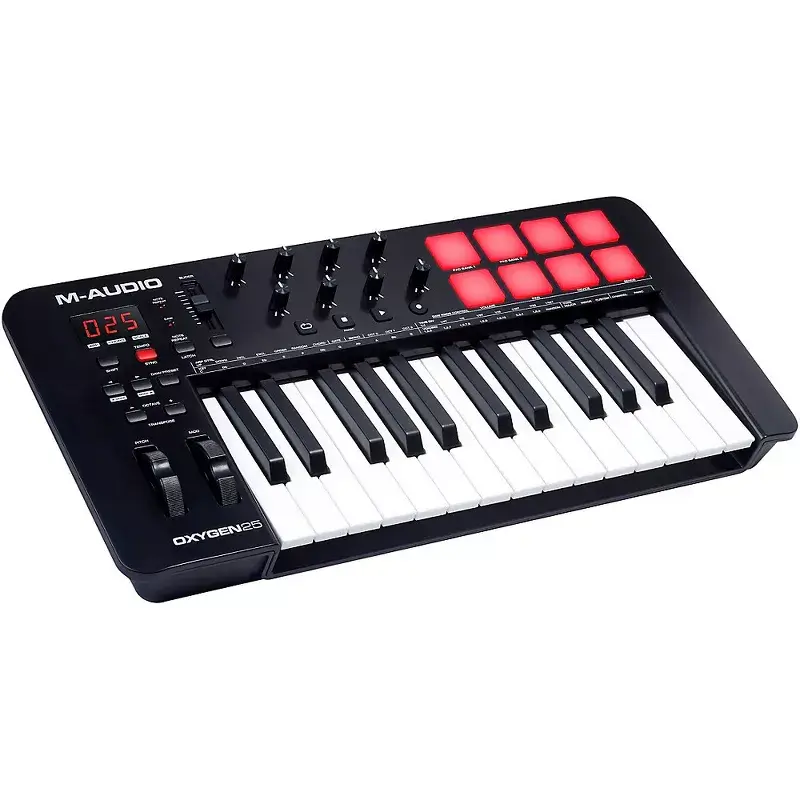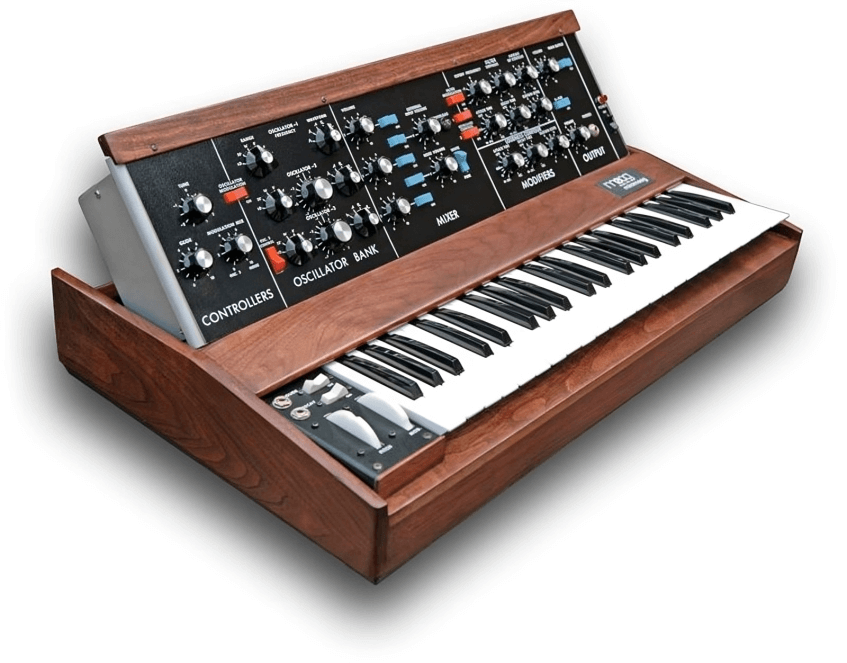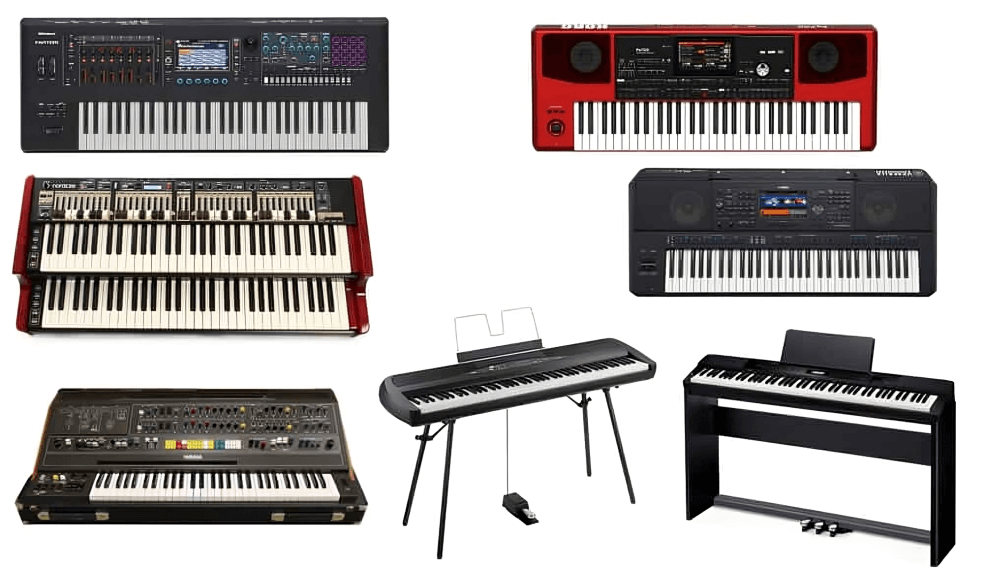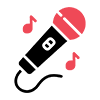Preface
The keyboard as a musical instrument has a fascinating history, tracing its origins from early, primitive instruments to the modern, technologically advanced versions we see today. Its evolution is marked by a wide range of developments, innovations, and inventions that have shaped its role in music. The keyboard during the course of its development and predominant role and use in music has become a sought-after instrument to be learnt- where eager learners have sought to learn to play the keyboard, via online keyboard lessons and offline tutelage. Here’s a deep dive into the origin, development, and variety of keyboard instruments, as well as notable types and brands.
Origin and development of Keyboard as an instrument
Electromechanical and Electronic keyboard (1930-1970s)
- Electric Pianos (1920s-1940s): Instruments like the Rhodes and Wurlitzer used electromechanical mechanisms to generate sound, which was then amplified electronically. These keyboards gained popularity in jazz, rock, and pop music.
- The Hammond Organ (1935): Laurens Hammond created the Hammond organ, an electronic instrument that mimicked the sound of the pipe organ through rotating tone wheels and electronic amplification. Its rich sound became iconic in jazz, gospel, and rock music.
- Early Synthesizers (1960s-1970s): Moog and ARP introduced early synthesizers that could generate a wide variety of electronic sounds, from imitating acoustic instruments to creating completely new sounds. These keyboards became popular in the late 1960s and 1970s and were used extensively in experimental and popular music.

Digital Keyboard and Modern synthesizers (1980s- present)
- Digital Pianos (1980s): Digital pianos emerged as an alternative to traditional pianos. They use sampling or synthesis technology to replicate the sound of an acoustic piano but are lighter, more portable, and often more affordable.
- MIDI and Workstations (1980s-1990s): The invention of MIDI (Musical Instrument Digital Interface) allowed electronic keyboards to communicate with computers and other instruments, ushering in the era of digital music production. Workstations like the Yamaha Motif and Korg Kronos offered a wide range of sounds, recording capabilities, and sequencing tools for both live and studio use.
- Modern Synthesizers and Controllers (2000s-Present): Synthesizers have become more sophisticated, allowing for advanced sound design through analog, digital, and virtual synthesis. Brands like Nord, Roland, Moog, and Korg produce synthesizers known for their unique sound profiles. Additionally, MIDI controllers without built-in sound are now popular for controlling software instruments on computers.
Different types of keyboards- popular brands and their significance
- Synthesizer: Capable of producing a broad array of sounds, from emulating traditional instruments to creating unique electronic tones. Popular models include the Moog Minimoog, Korg MS-20, and Roland Juno.
- Keyboard Workstation: A versatile, all-in-one instrument for performance and production, often with sampling, sequencing, and synthesis capabilities. Examples include the Korg Kronos, Roland Fantom, and Yamaha Motif.
- MIDI Controller: Used to control virtual instruments in a digital audio workstation (DAW). Examples include Akai MPKseries and Native Instruments Komplete Kontrol.

- Yamaha: Offers a wide range of instruments, including digital pianos, workstations, and synthesizers like the DX7, Montage, and Clavinova.
- Roland: Known for synthesizers (like the Jupiter and Juno series), digital pianos, and MIDI controllers. Roland keyboards are widely used in electronic and pop music.
- Korg: Known for synthesizers (like the Korg MS-20 and Korg Minilogue) and workstations. Korg keyboards are favored for sound design and music production.
- Casio: Offers affordable digital pianos and keyboards, popular among beginners and budget- conscious players.
- Nord: Known for stage pianos and synthesizers with a signature red design, popular among live performers for their high-quality sounds and portability.
- Moog: A pioneer in analog synthesizers, known for rich, iconic sounds in electronic and experimental music.

The variety of Genres that can be played with the keyboard
| Genre | Description |
|---|---|
| Classical | Western classical music, particularly Baroque, Romantic, and Classical periods, often features piano and organ. |
| Jazz | The keyboard is essential in jazz, allowing improvisation, complex chords, and a range of expressions. |
| Blues | Often uses piano for soulful expression, characterized by a 12-bar structure and blue notes. |
| Pop | Keyboards are widely used in pop for their versatility in producing varied sounds and textures. |
| Rock | Rock often incorporates electric pianos and synthesizers for background and lead sounds. |
| Electronic/ EDM | Synthesizers and MIDI keyboards are crucial for sound design and beat-making in electronic music. |
| RnB/Soul | Keyboards provide a smooth, expressive foundation for R&B’s chord progressions and melodic lines. |
| Gospel | Organ and keyboard are central, providing harmonic richness and an uplifting sound. |
| Funk | Electric pianos like the Rhodes are iconic in funk, giving a rhythmic, percussive keyboard sound. |
| Carnatic | Keyboards have been adapted to play complex Carnatic ragas using intricate techniques for gamakas and slides. |
| Regional Film Music | In Indian cinema, keyboards recreate diverse instrument sounds and support melodies. |
Comparative tabulation - Carnatic- Western- and Regional Film Music
| Aspect | Carnatic Music | Western Music | Regional Film Music |
|---|---|---|---|
| Keyboard Role | Accompanies or leads with ragas; some musicians adapt keyboard to traditional Indian vocal techniques. | Keyboards are central for melody, harmony, and rhythm, used in genres like classical, jazz, pop, and more. | Keyboards are versatile, often replacing traditional instruments; widely used in melodies, background scores, and songs. |
| Tonal System | Uses microtones, with srutis (subdivisions within semitones) that are unique to Carnatic music. | Western music follows 12-tone equal temperament, allowing for structured harmony and chords. | Based on a 12-tone scale but often incorporates regional microtonalities for authenticity. |
| Playing Styles | Emphasizes gamakas (ornamentations) that give unique expressiveness to ragas; requires bending notes which can be emulated on modern keyboards. | Standardized notes and chords; focuses on scales, arpeggios, and harmonization; emphasizes finger technique and dynamics. | Flexible, adapting to various styles; keyboards may emulate folk instruments or synthesize new sounds for innovation. |
| Improvisation | Highly improvised within the constraints of the raga, requiring deep knowledge of scales and modes. | Improvisation is central in jazz and certain classical forms, focusing on modulations and melodic variation. | Limited improvisation, typically adheres to pre-composed film music, though solo performances may vary. |
| Instrument Variations | Digital keyboards often customized to emulate veena and other traditional sounds for Carnatic performances. | Grand, upright, and electric pianos, along with organs and synthesizers for orchestral and solo performances. | Workstations and synthesizers with preloaded sounds of Indian instruments like tabla, sitar, flute, mridangam, etc. |
| Technology | Some keyboards allow for pitch bend and microtone adjustments to match Carnatic music’s complex tonalities. | Advanced synthesizers and MIDI capabilities allow for complex layering, sequencing, and live modulation in performance. | Equipped with digital samplers, sequencers, and looping capabilities to create film scores and replicate instrument sounds. |
| Famous Artists | Mahesh Ragavan, Stephen Devassy, Anil Srinivasan, Lydian Nadhaswaram, KP Nandhini | Mozart, Beethoven, Chopin, Herbie Hancock, Ray Charles, Stevie Wonder | A. R. Rahman, Ilaiyaraaja, Shankar-Ehsaan-Loy, Yuvan Shankar Raja, Imman, Sean Roldan, Santosh Narayanan |
Summary
Keyboards can adapt to different music genres by allowing flexibility in sound, style, and technique. In Carnatic music, they offer a modern way to interpret classical ragas with ornamentation. In Western music, they are foundational across classical, jazz, pop, and rock. In Regional Film Music, keyboards are crucial for their versatility, filling in for traditional instruments and enabling innovative soundscapes. Each genre employs keyboards uniquely, tailoring their function and sound according to cultural and musical expectations.
Owing to development of modern tools and applications learning to play the keyboard has become all the more easier via online keyboard lessons, Carnatic keyboard online lessons etc.
























